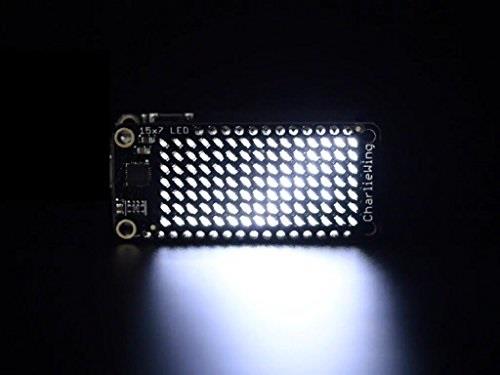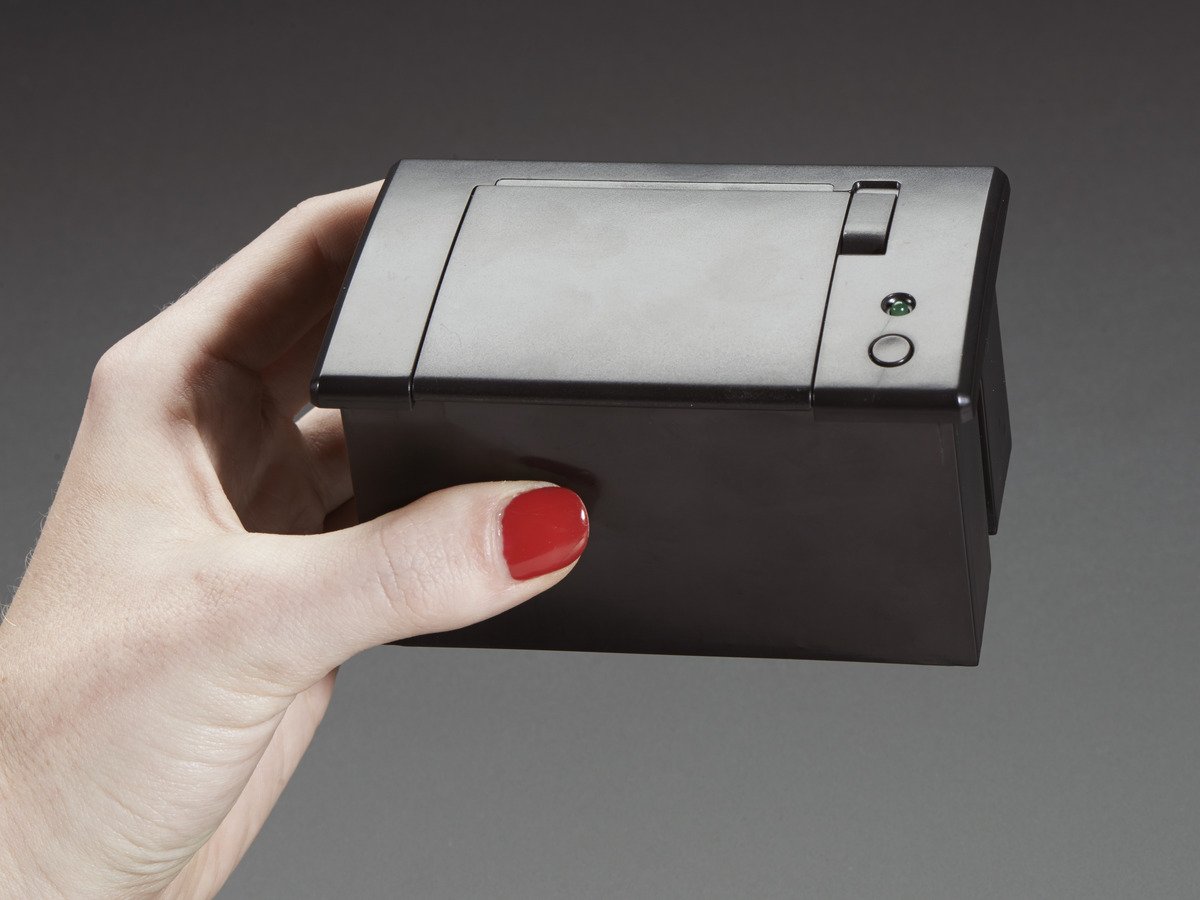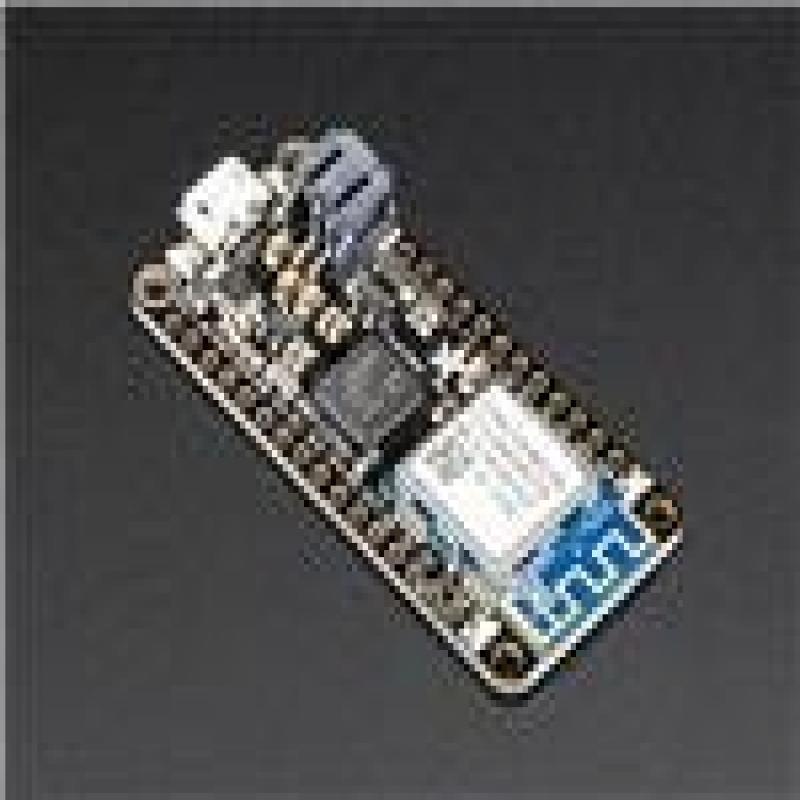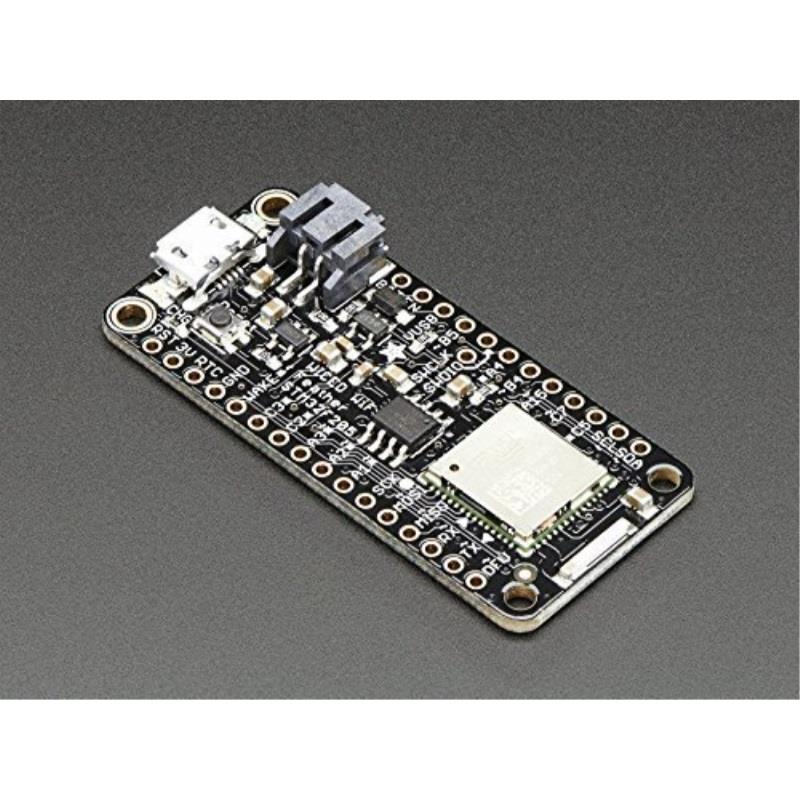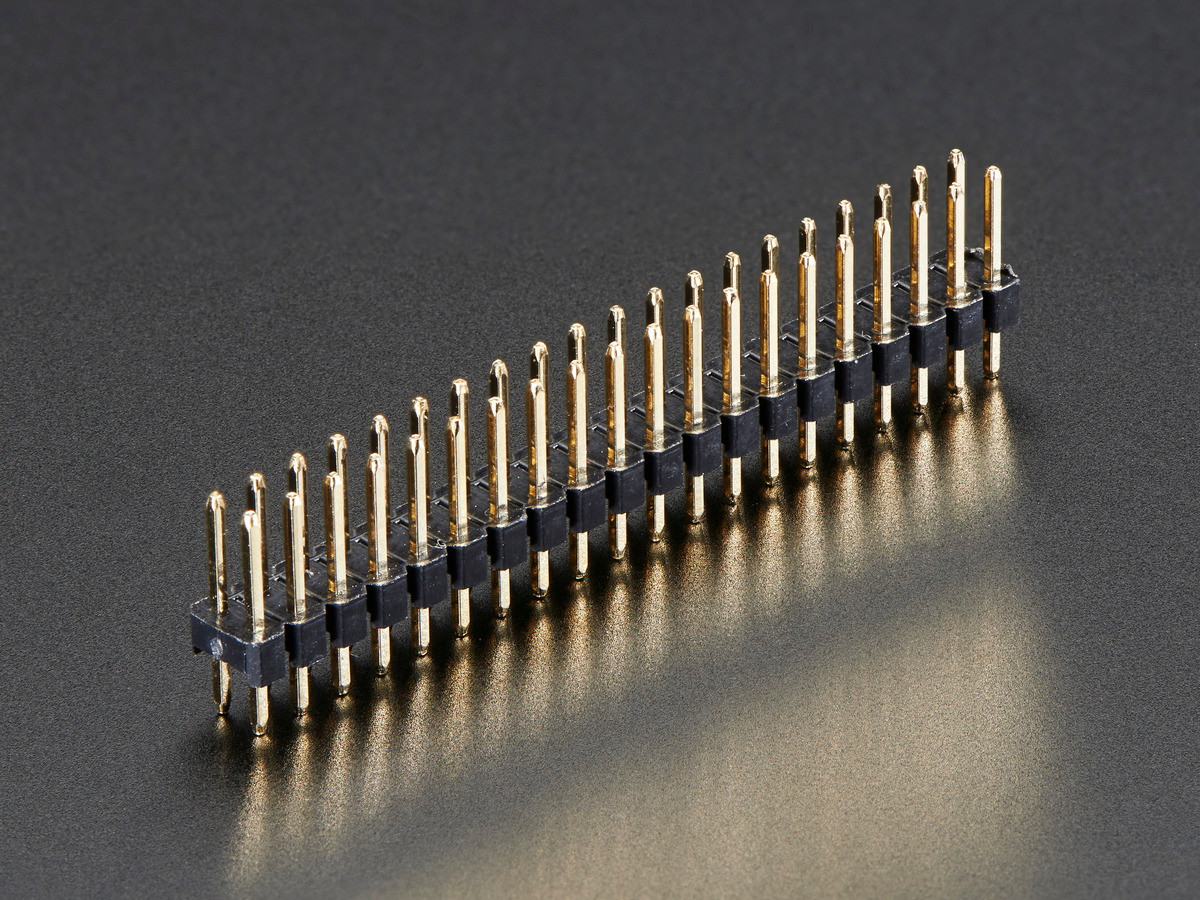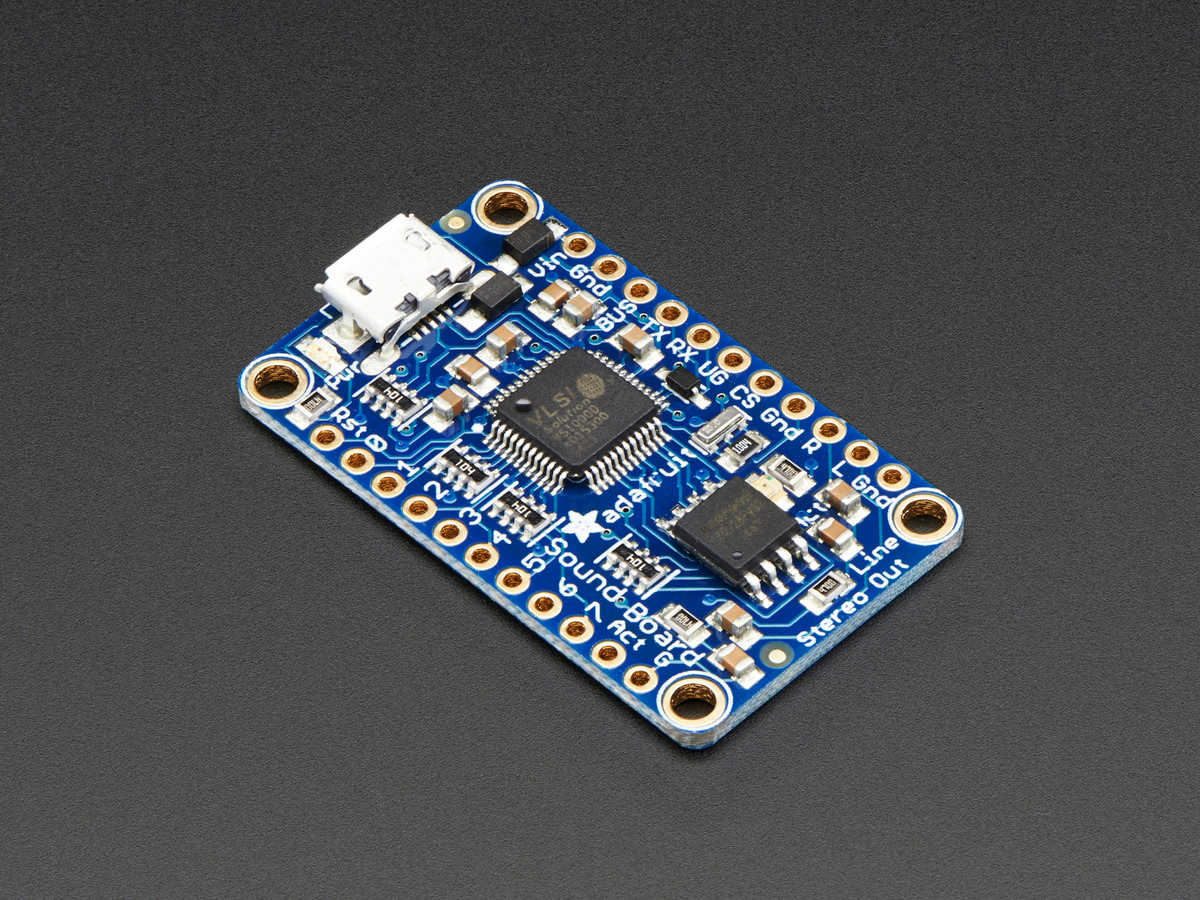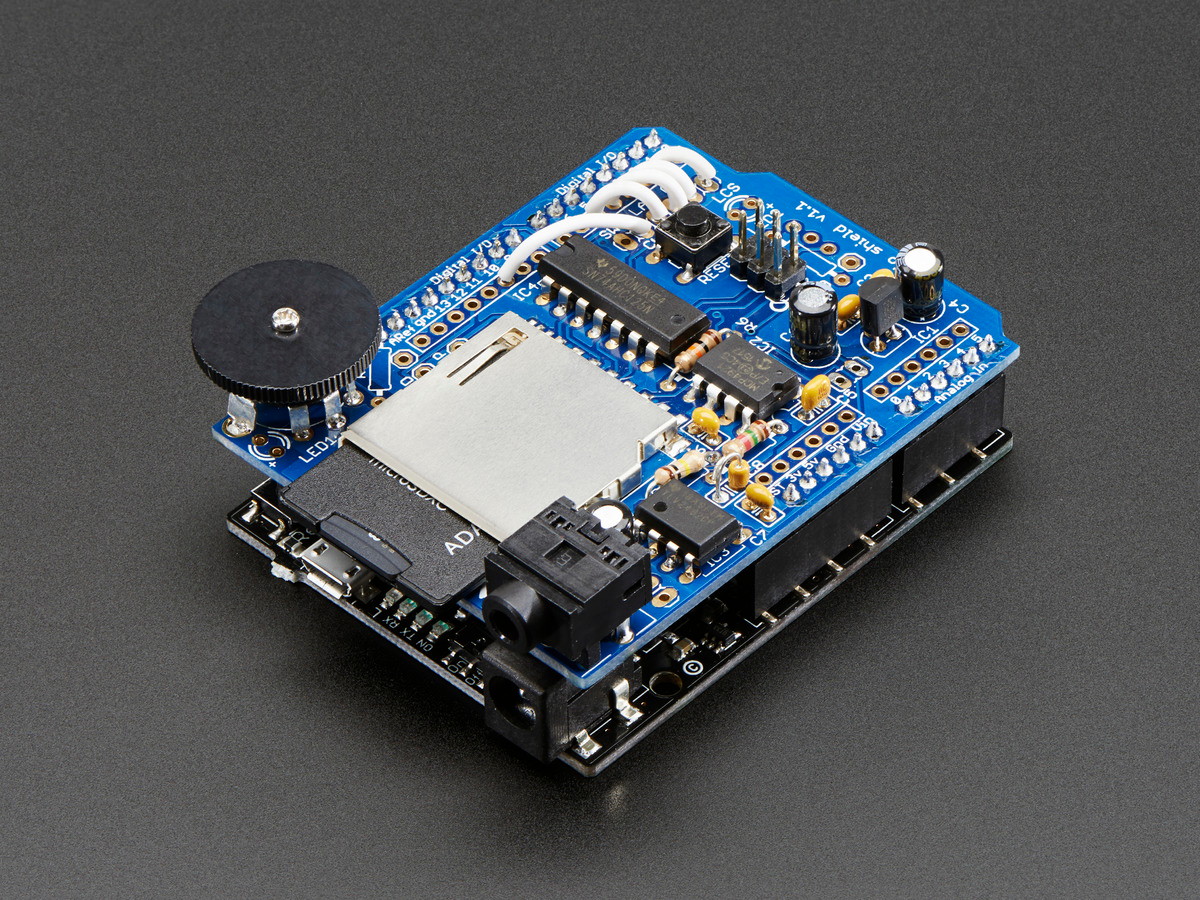Trusted shipping
Easy returns
Secure shopping
Buy Adafruit FadeCandy - Dithering USB-Controlled Driver for NeoPixels in United States - Cartnear.com
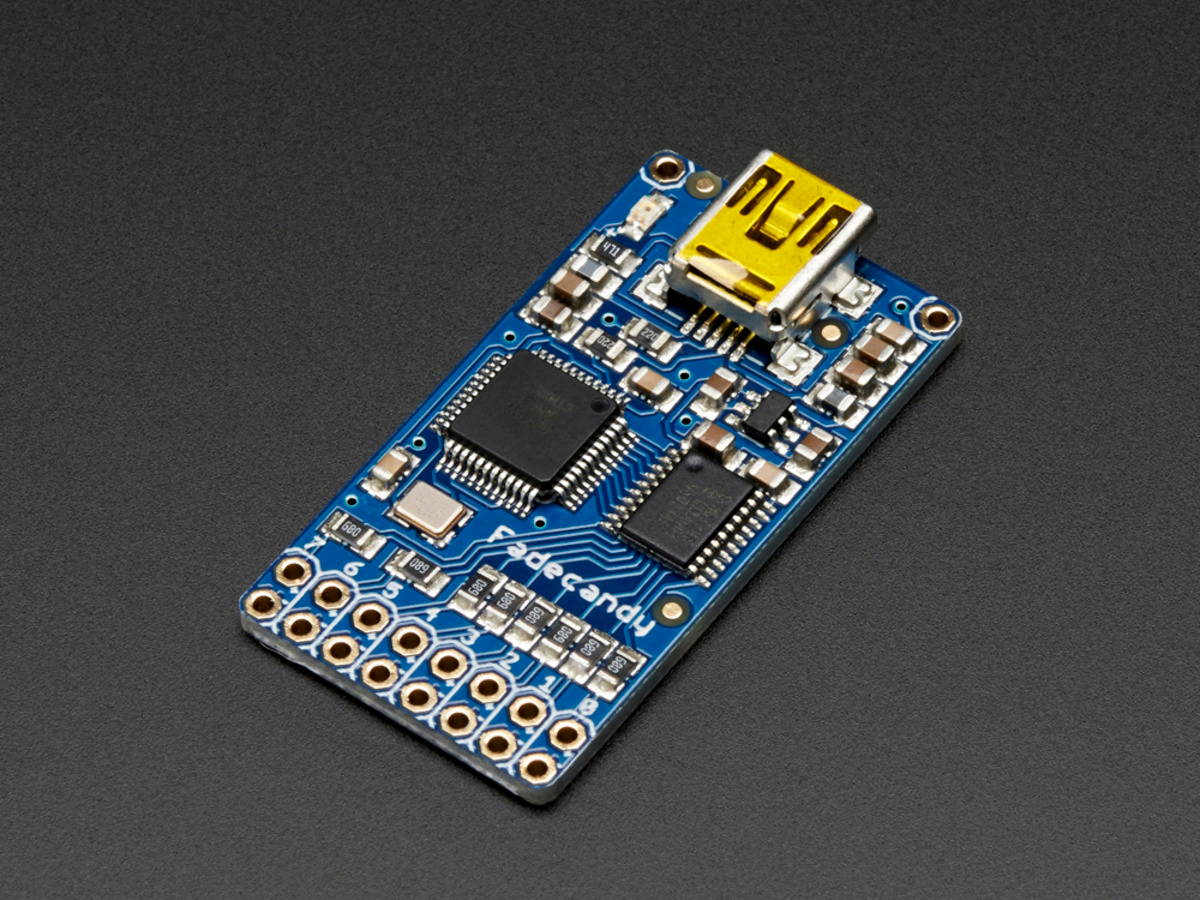
Adafruit FadeCandy - Dithering USB-Controlled Driver for NeoPixels
CTNR1787898 CTNR1787898Adafruit
2026-12-31
/itm/adafruit-fadecandy-dithering-usb-controlled-driver-for-neopixels-1787898
USD
32.6
$ 32.60 $ 32.93 1% Off
Item Added to Cart
customer
*Product availability is subject to suppliers inventory
SHIPPING ALL OVER UNITED STATES
100% MONEY BACK GUARANTEE
EASY 30 DAYSRETURNS & REFUNDS
24/7 CUSTOMER SUPPORT
TRUSTED AND SAFE WEBSITE
100% SECURE CHECKOUT
| Brand | Adafruit Industries |
|---|---|
| Model | 1689 |
| Type | Discreet Semiconductors |
A new collaboration between Adafruit & Micah from Scanlime, we are excited to introduce Fadecandy, a NeoPixel driver with built in dithering, that can be controlled over USB. Fadecandy is not just hardware! It is a kit of both hardware and software parts that make LED art projects easier to build and better-looking so sculptors and makers and multimedia artists can concentrate on beautiful things instead of reinventing the wheel. It's an easy way to get started and an advanced tool for professionals. It's a collection of simple parts that work well together: Firmware that uses unique dithering and color correction algorithms to raise the bar for quality while getting out of the way of your creativity. Open source hardware for connecting cheap and popular WS2811 based LEDs to a laptop, desktop, or Raspberry Pi over USB. Fadecandy Server Software, which communicates with one Fadecandy board or dozens. It runs on Windows, Linux, and Mac OS, and on embedded platforms like Raspberry Pi. The Open Pixel Control protocol, a simple way of getting pixel data from your creative tools into the Fadecandy server. Libraries and examples for popular languages. We have Python and Processing already, with Javascript and Max coming soon. LEDs! Fadecandy works with Adafruit's popular WS2811/WS2812 LEDs. Each controller board supports up to 512 LEDs, arranged as 8 strips of 64 each. Headers are not included but we have tons of different kinds of dual header in the shop if you want to solder something into the pads. Fadecandy is designed to enable art that is subtle, interactive, and playful - exploring the interplay between light, form, and shadow.
If you’re tired of seeing project after project with frenetic blinky rainbow fades, you’ll appreciate how easy it is to create expressive lighting! It's also battle tested! The firmware was originally developed to run the Ardent Mobile Cloud Platform, a Burning Man project which used 2500 LEDs to project ever-changing rolling cloud patterns onto the interior of a translucent plastic sculpture. It used five Fadecandy boards, a single Raspberry Pi, and the effects were written in a mixture of C and Python. The lighting on this project blew people away, and it made me realize just how much potential there is for creative lighting, but it takes significant technical drudgery to get beyond frenetic-rainbow-fade into territory where the lighting can really add to an art piece instead of distracting from it.
If you’re tired of seeing project after project with frenetic blinky rainbow fades, you’ll appreciate how easy it is to create expressive lighting! It's also battle tested! The firmware was originally developed to run the Ardent Mobile Cloud Platform, a Burning Man project which used 2500 LEDs to project ever-changing rolling cloud patterns onto the interior of a translucent plastic sculpture. It used five Fadecandy boards, a single Raspberry Pi, and the effects were written in a mixture of C and Python. The lighting on this project blew people away, and it made me realize just how much potential there is for creative lighting, but it takes significant technical drudgery to get beyond frenetic-rainbow-fade into territory where the lighting can really add to an art piece instead of distracting from it.

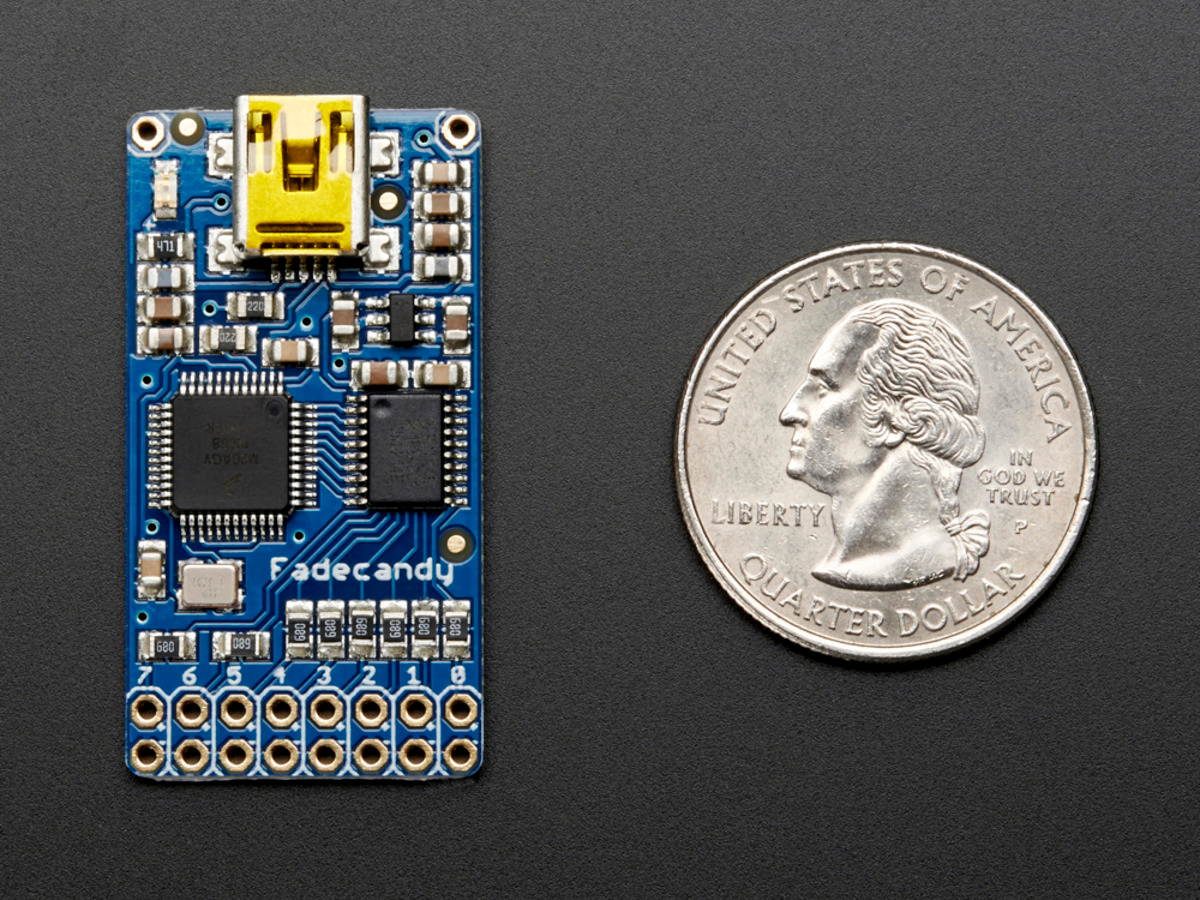
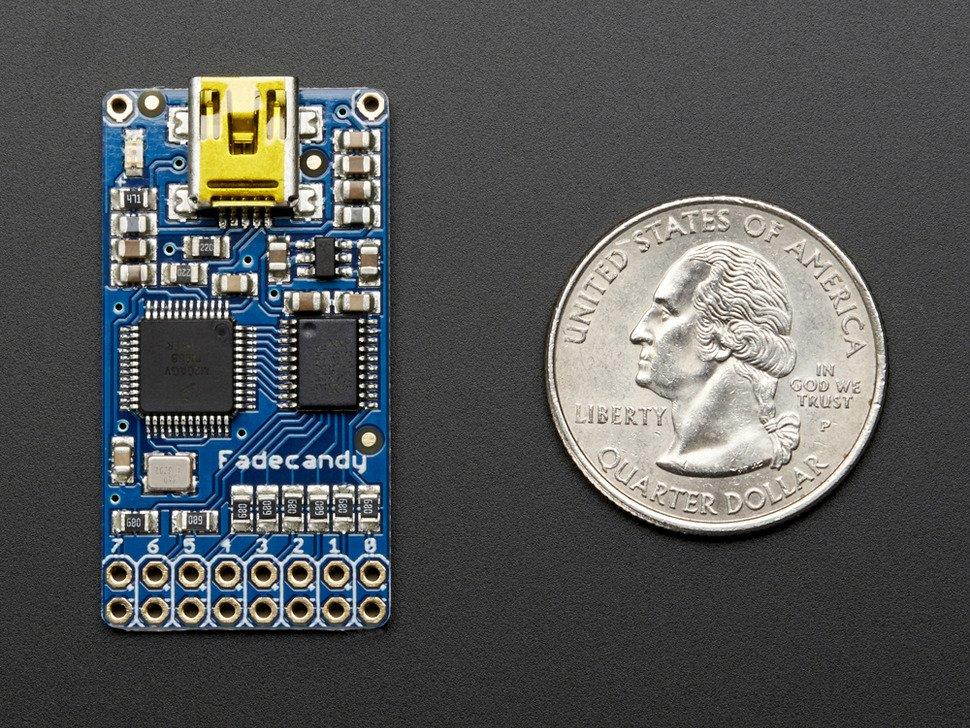
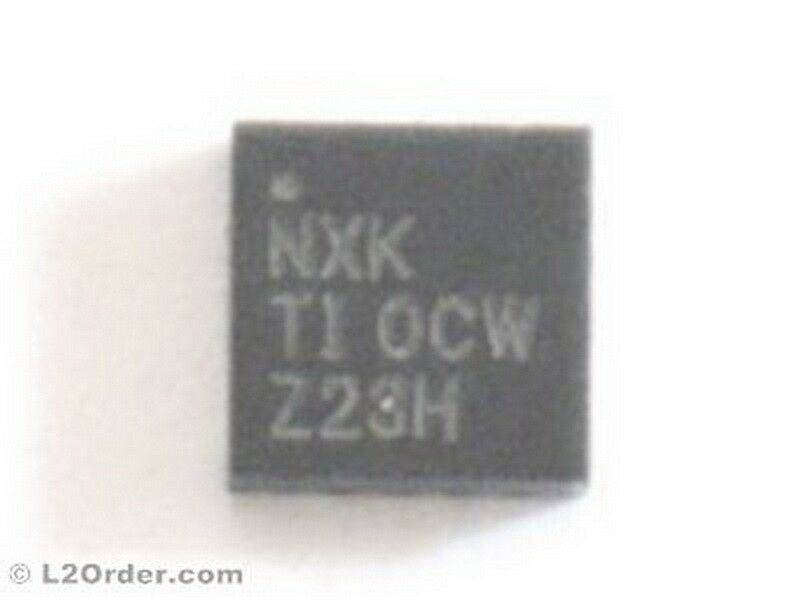

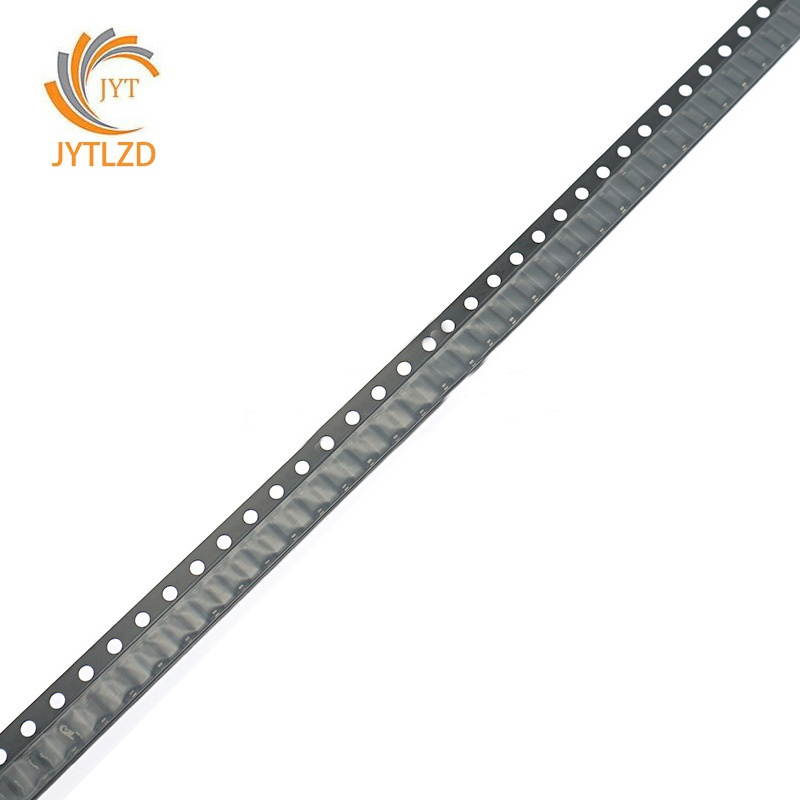
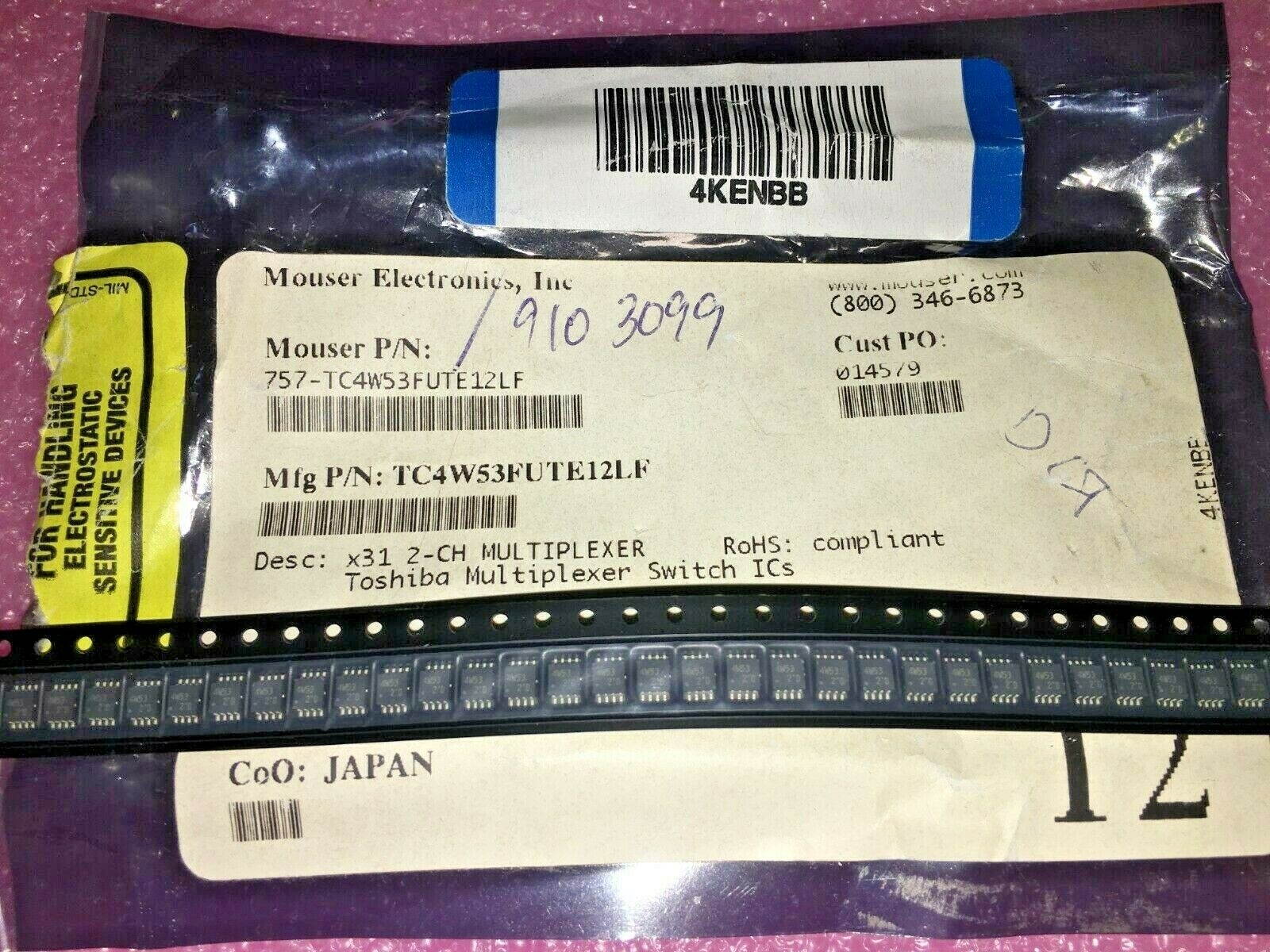


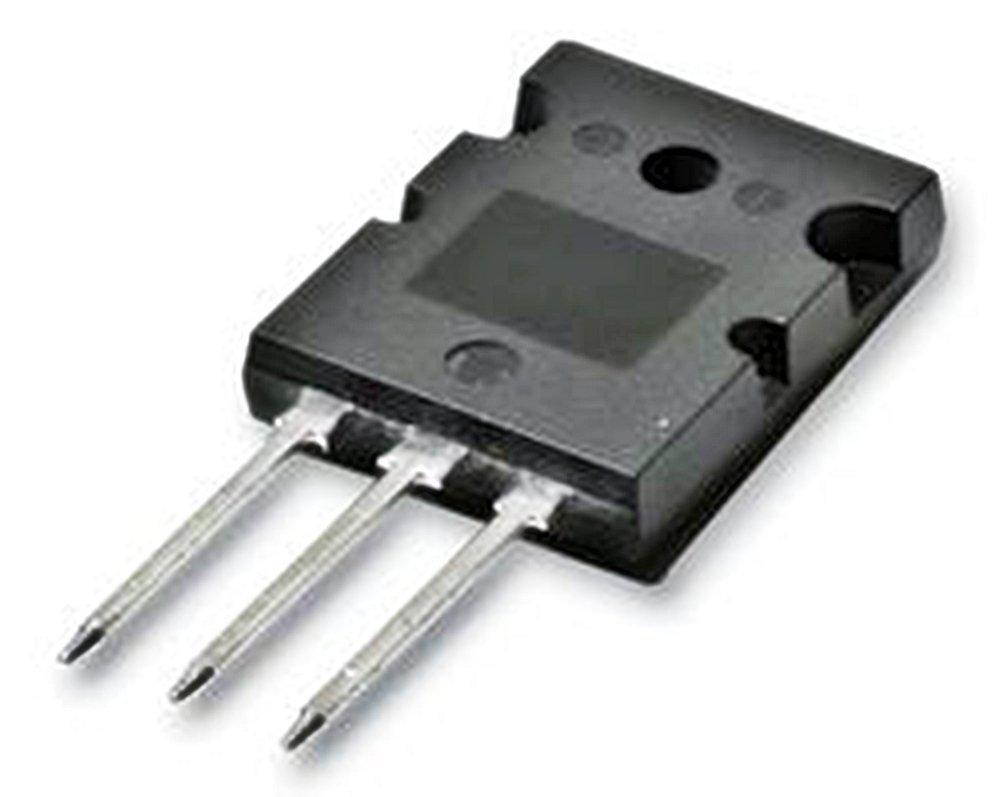
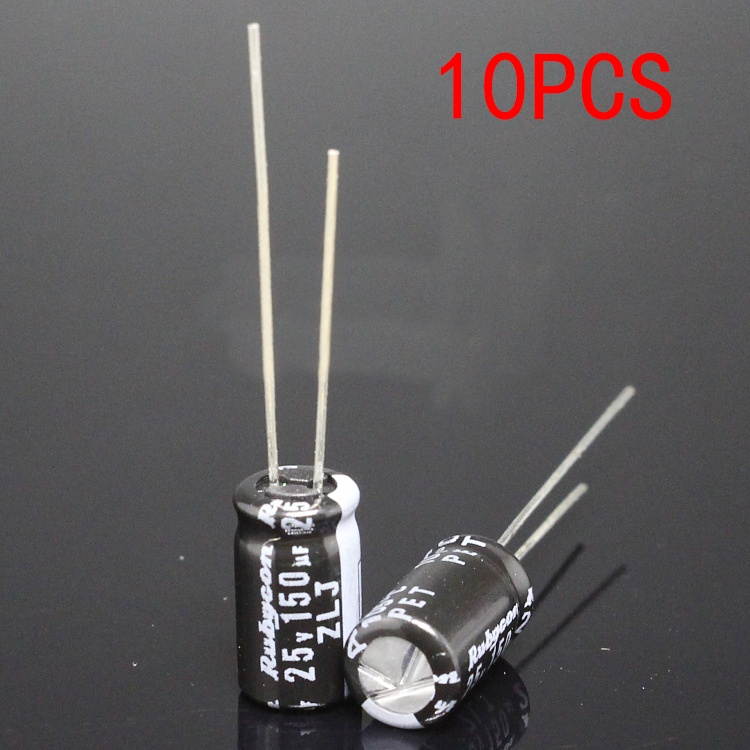
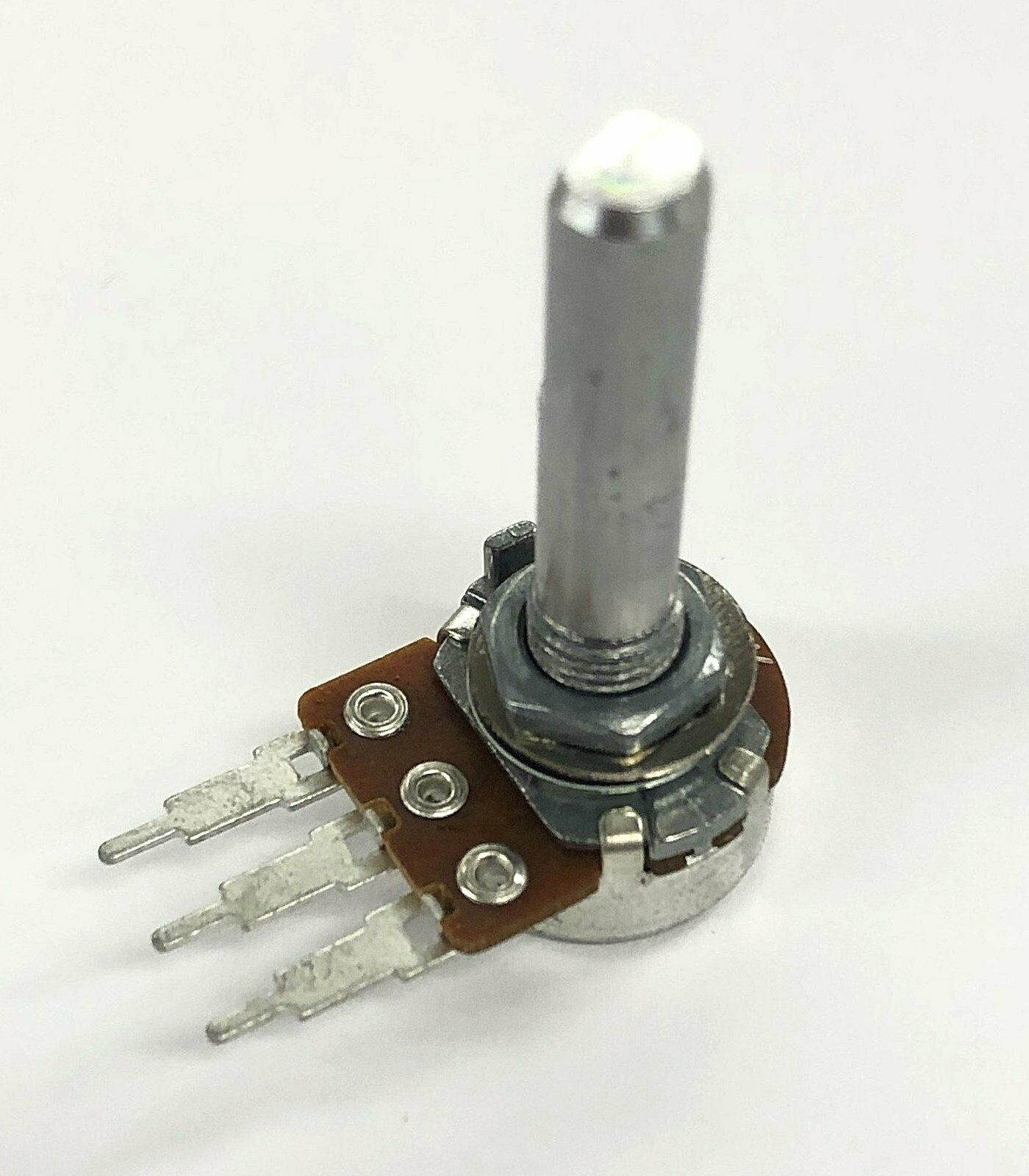
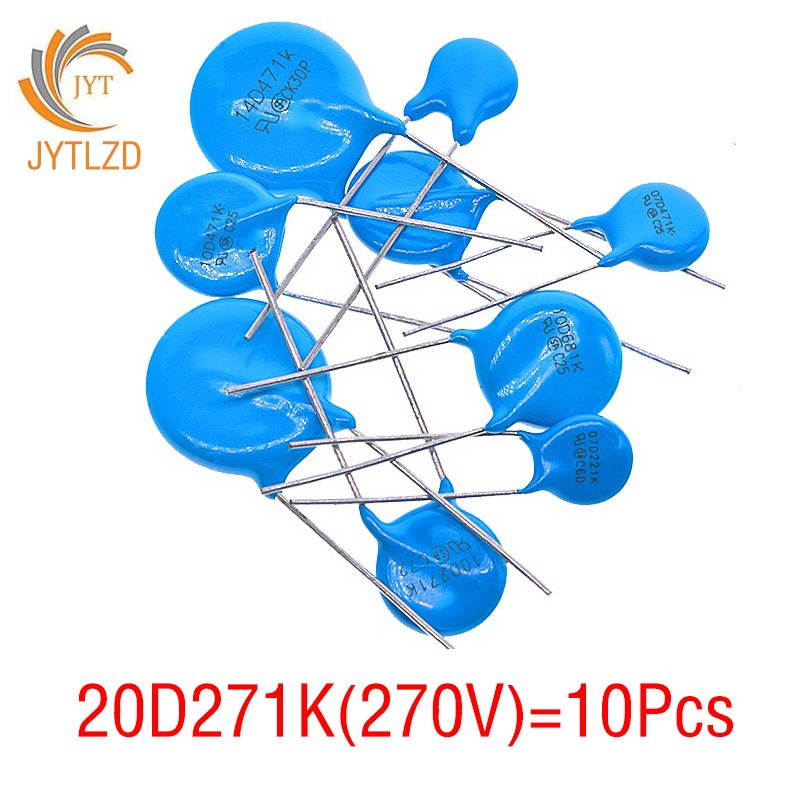
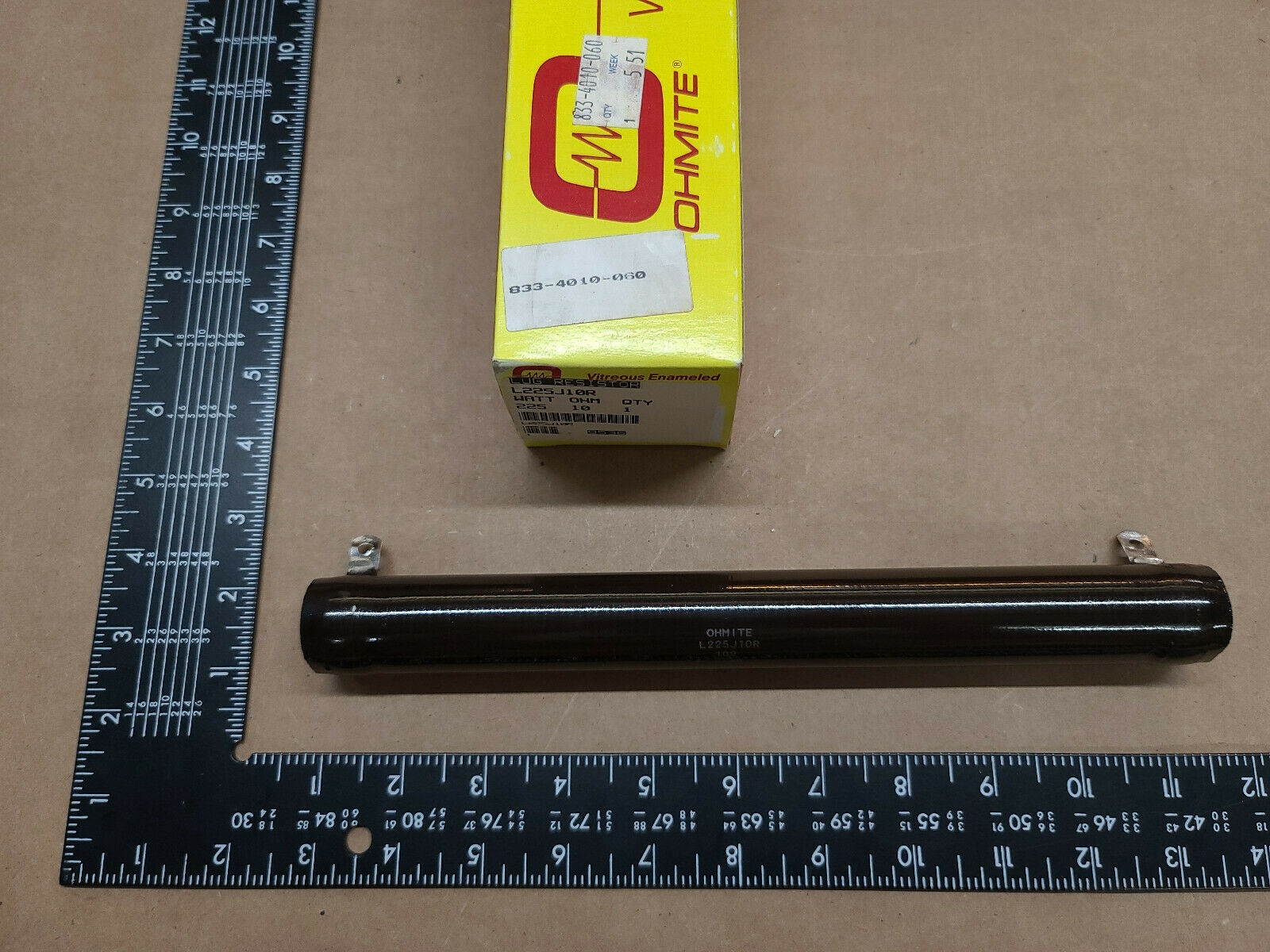
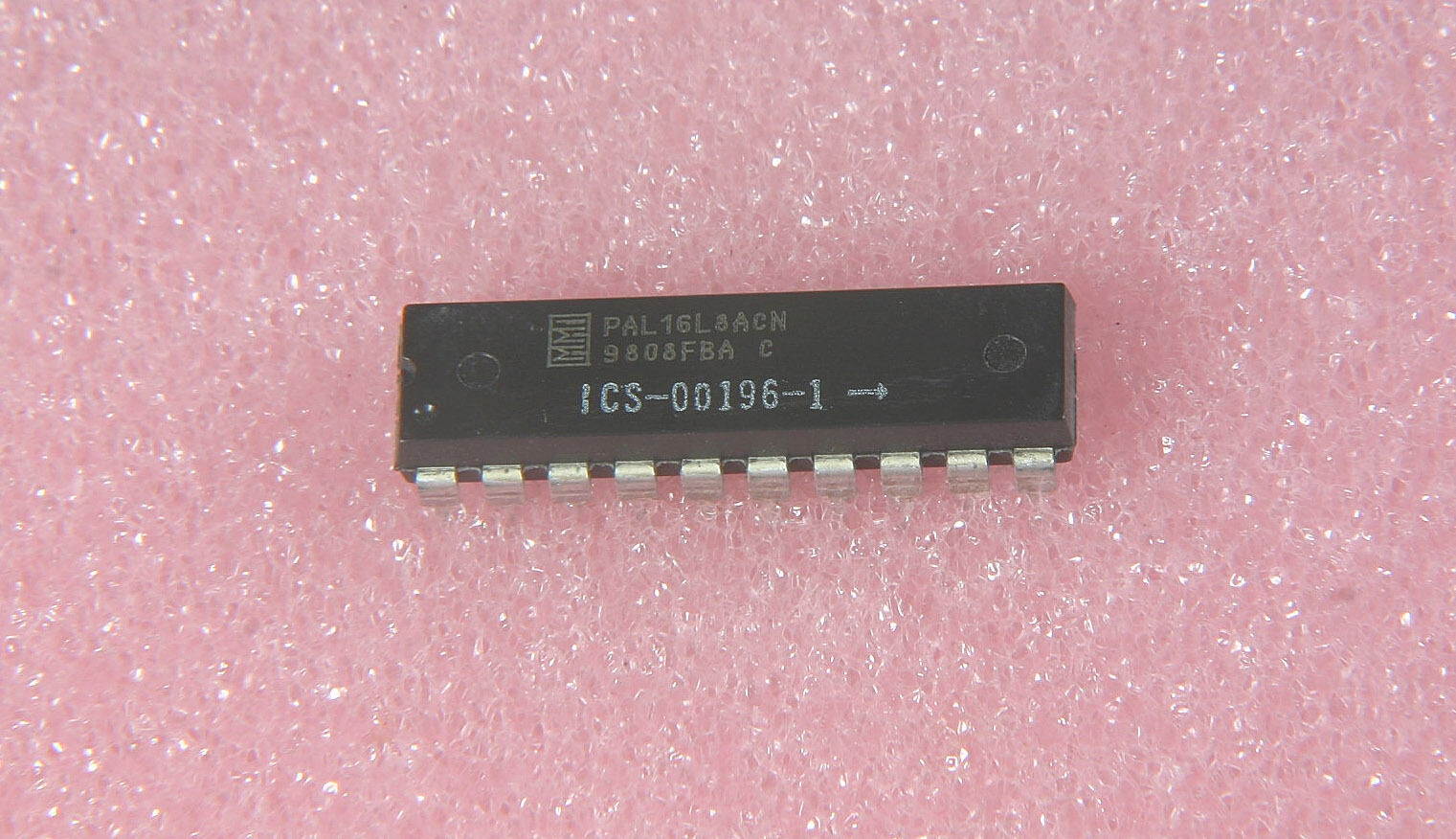
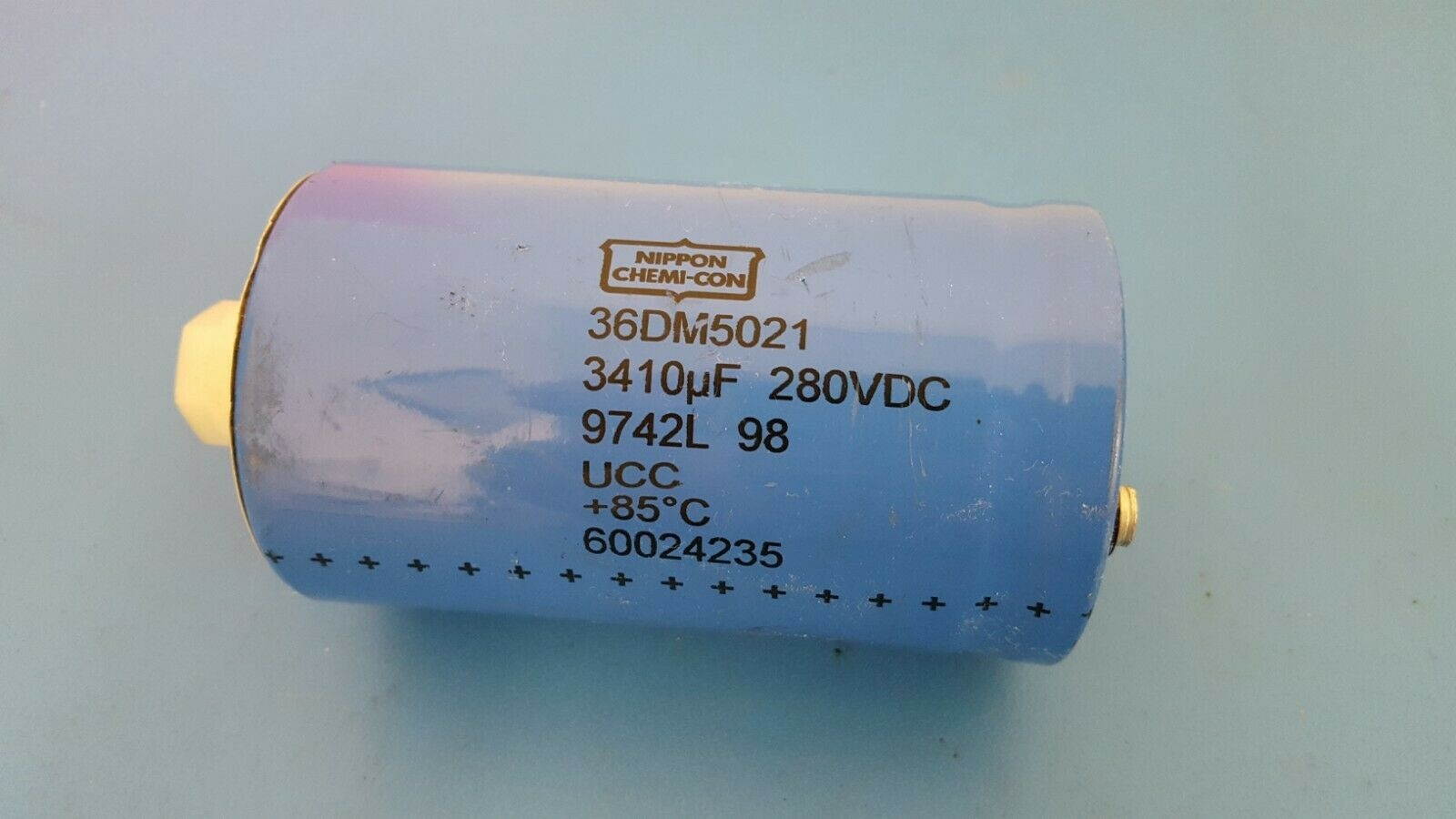
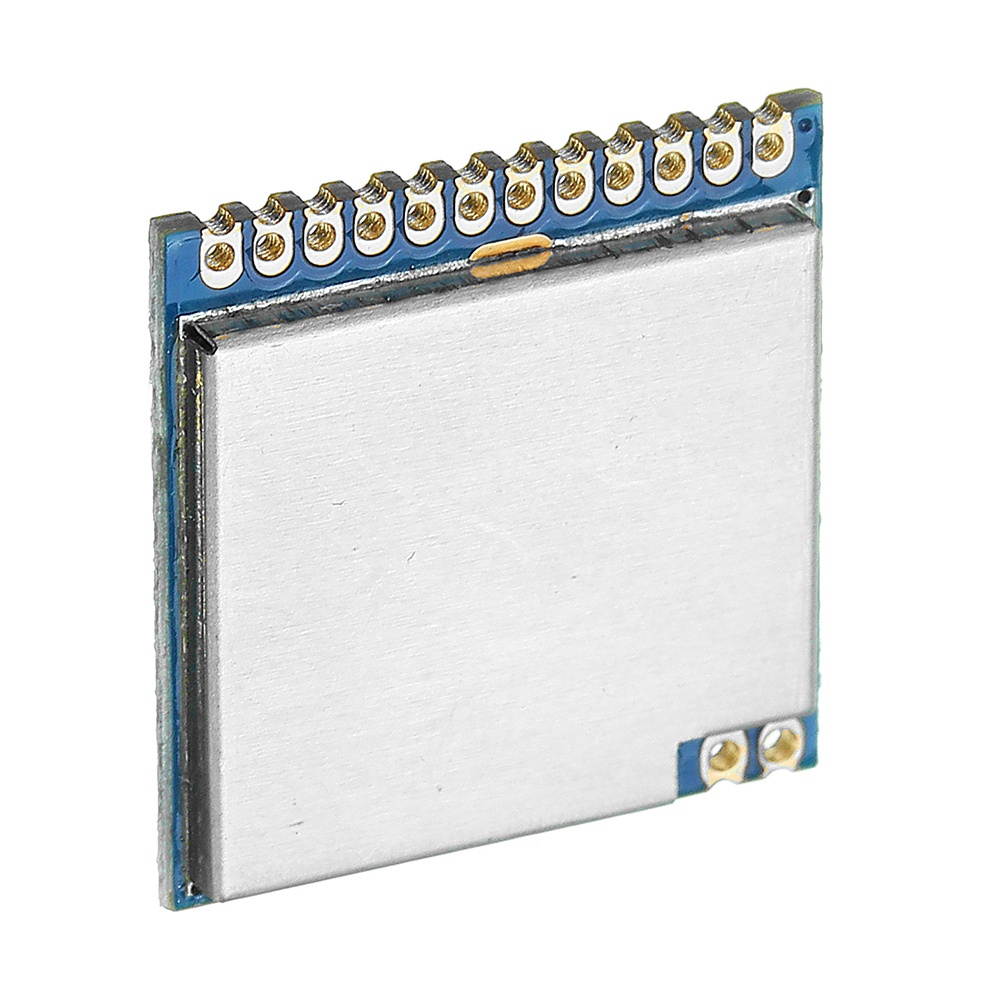
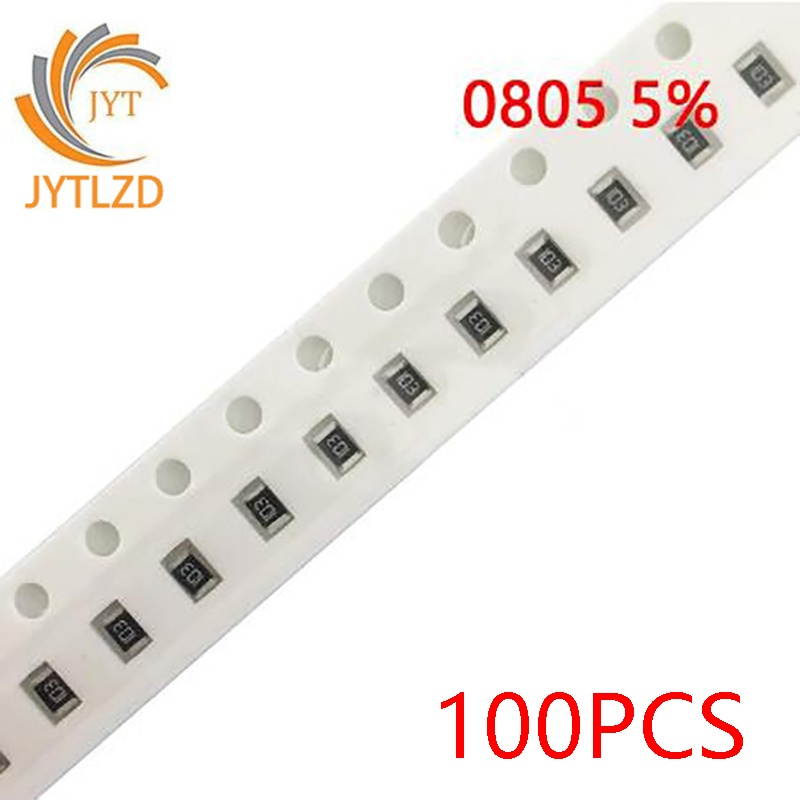
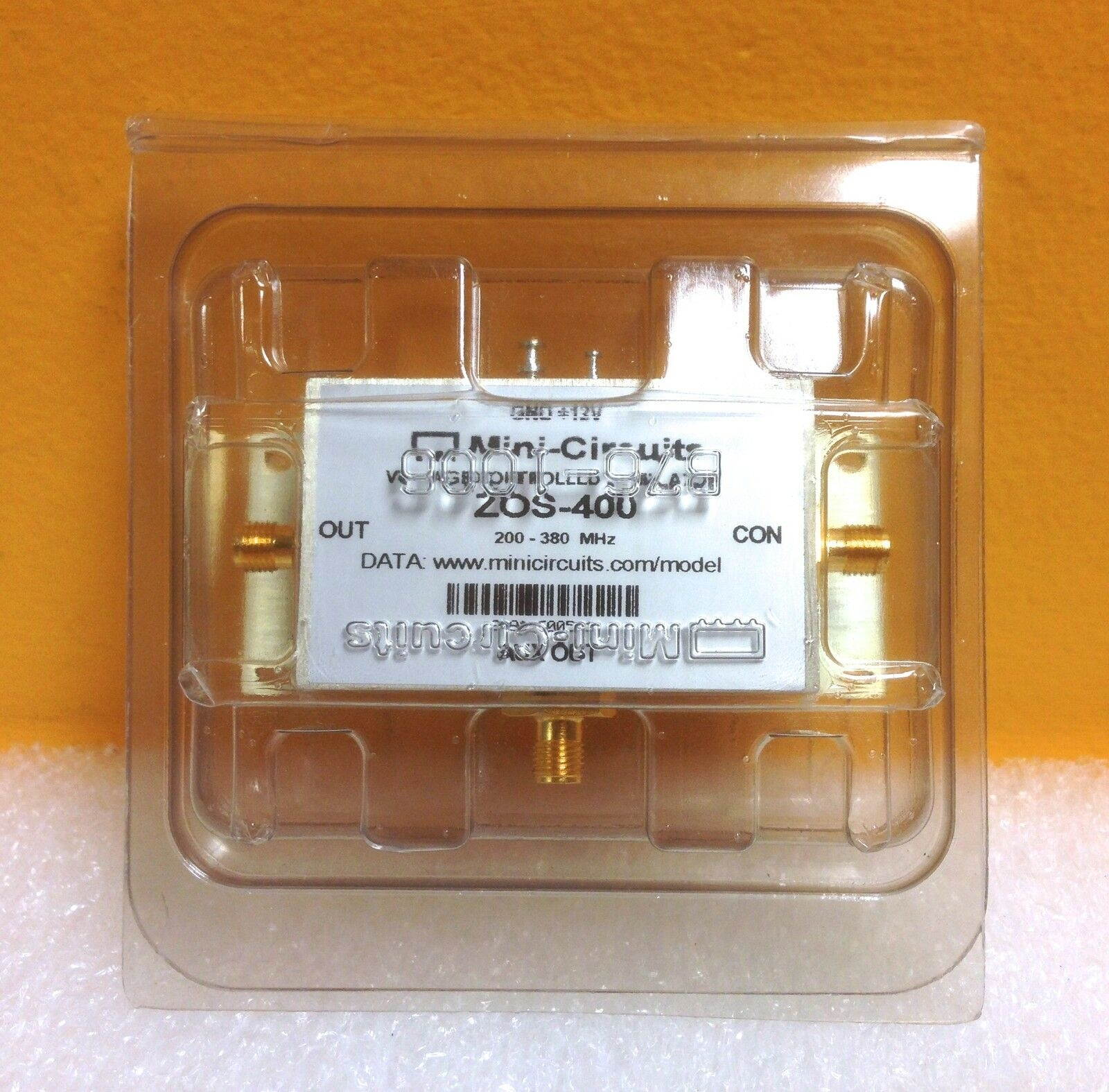
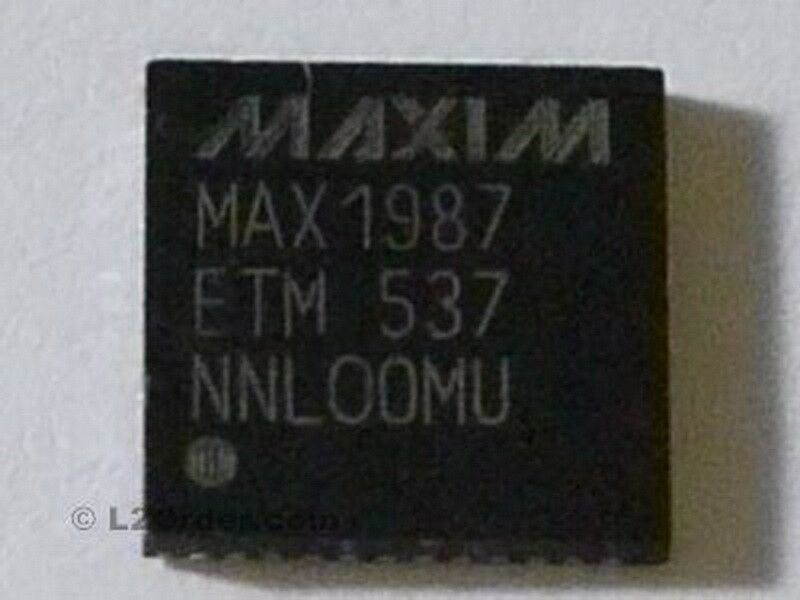
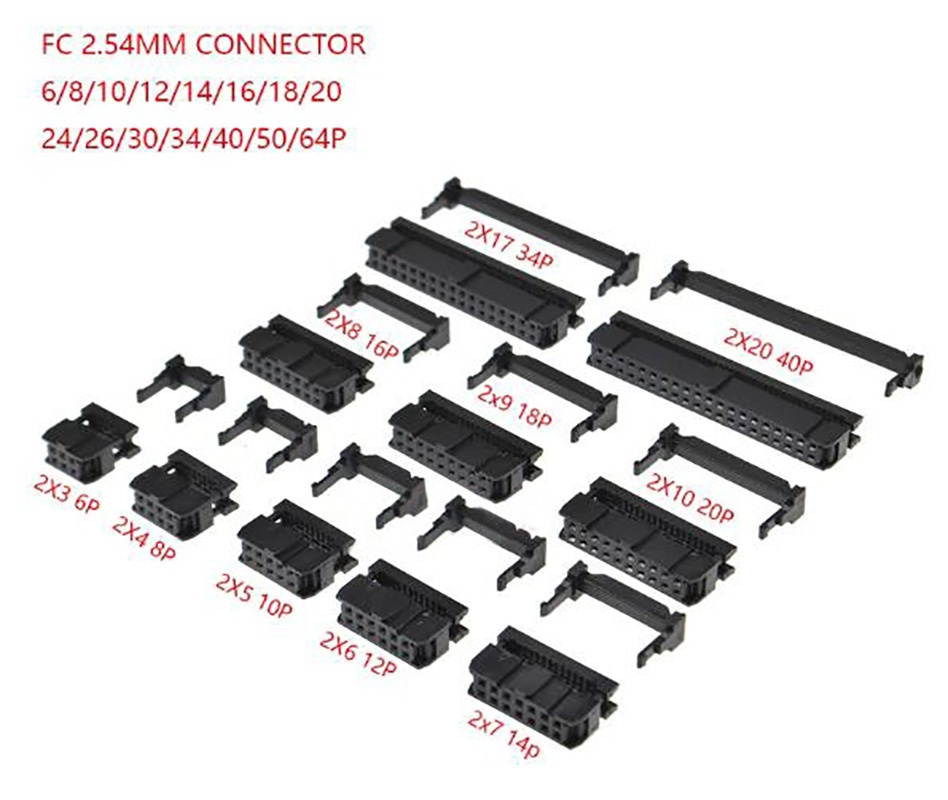
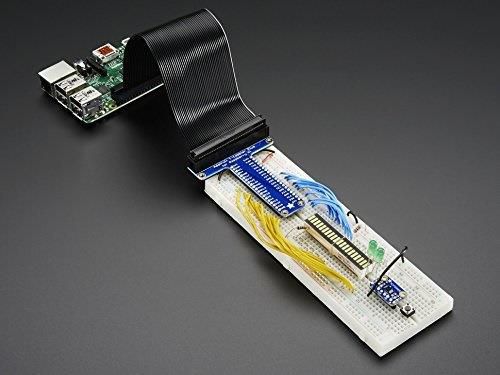
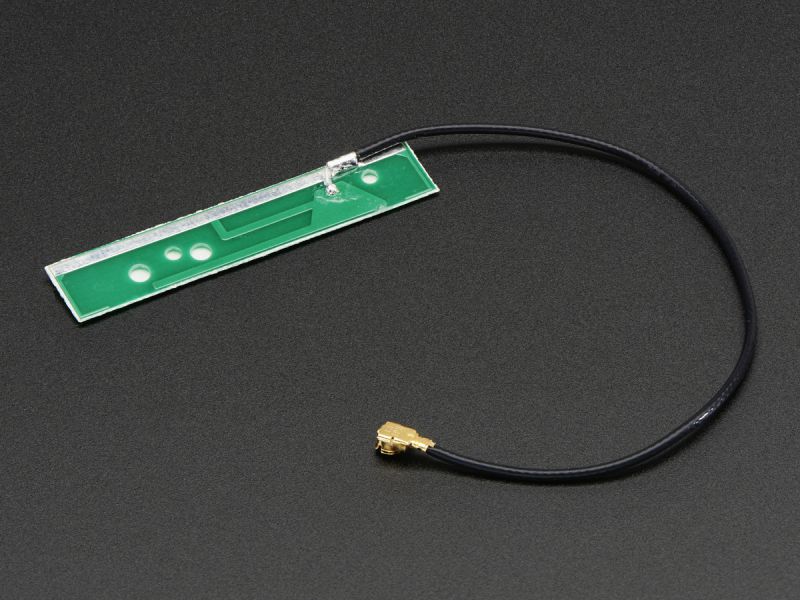
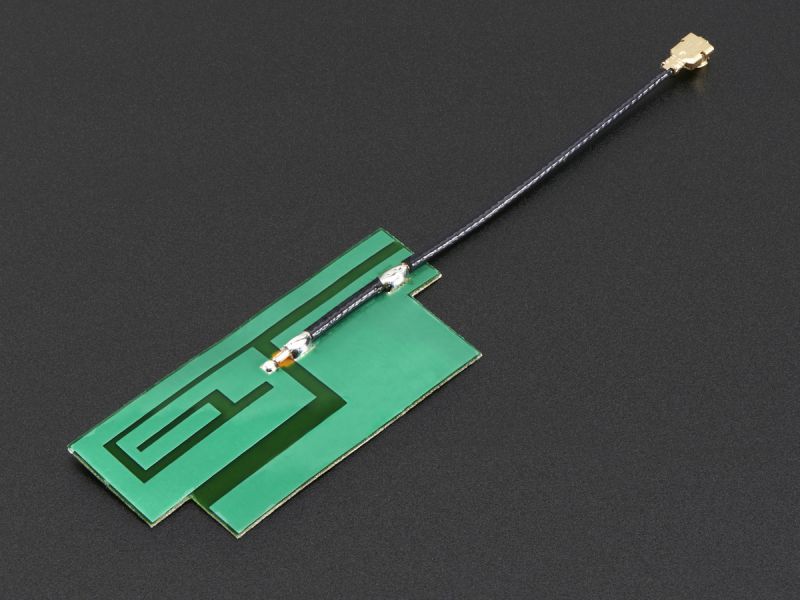
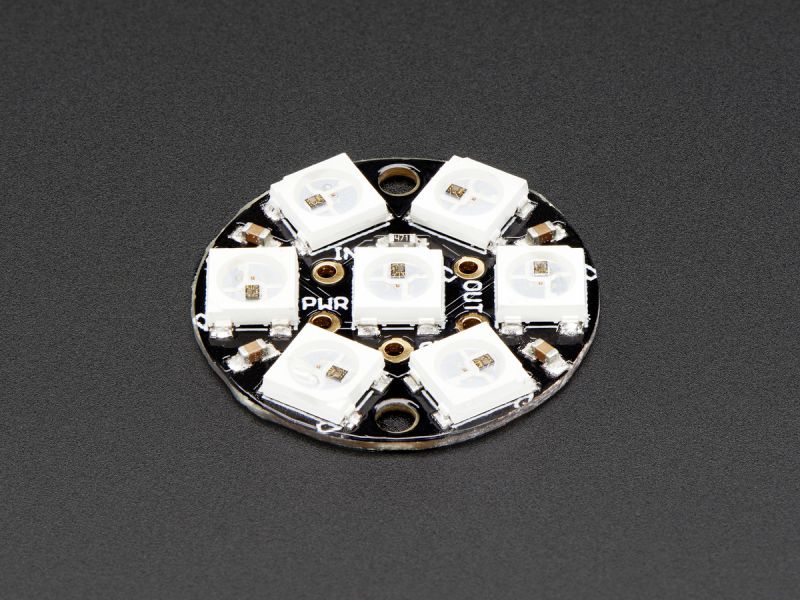
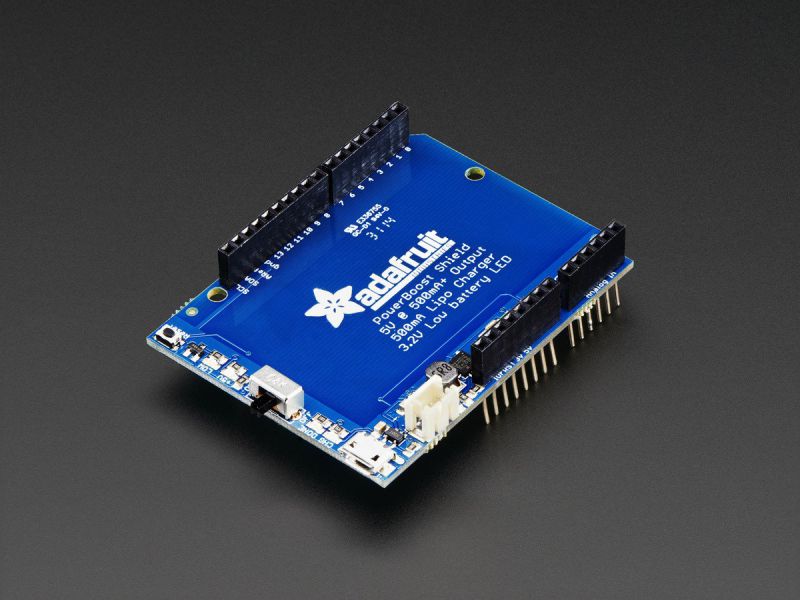
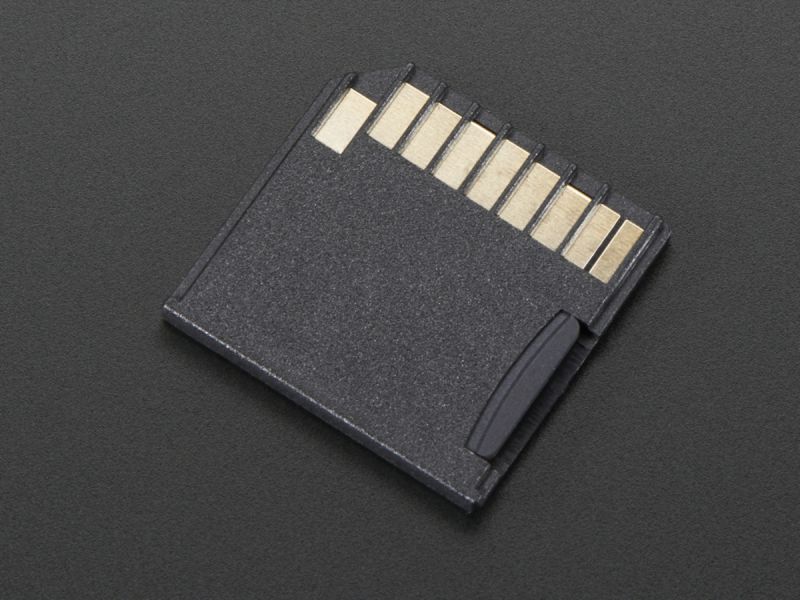
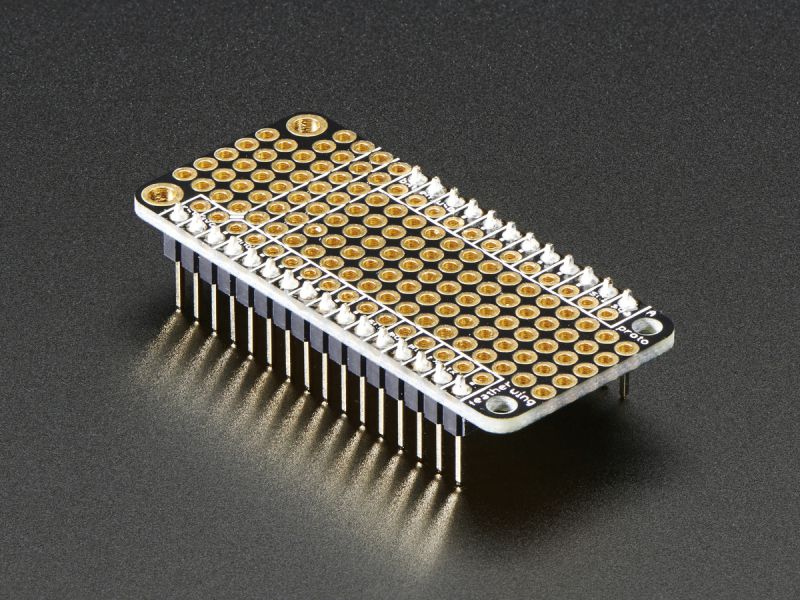
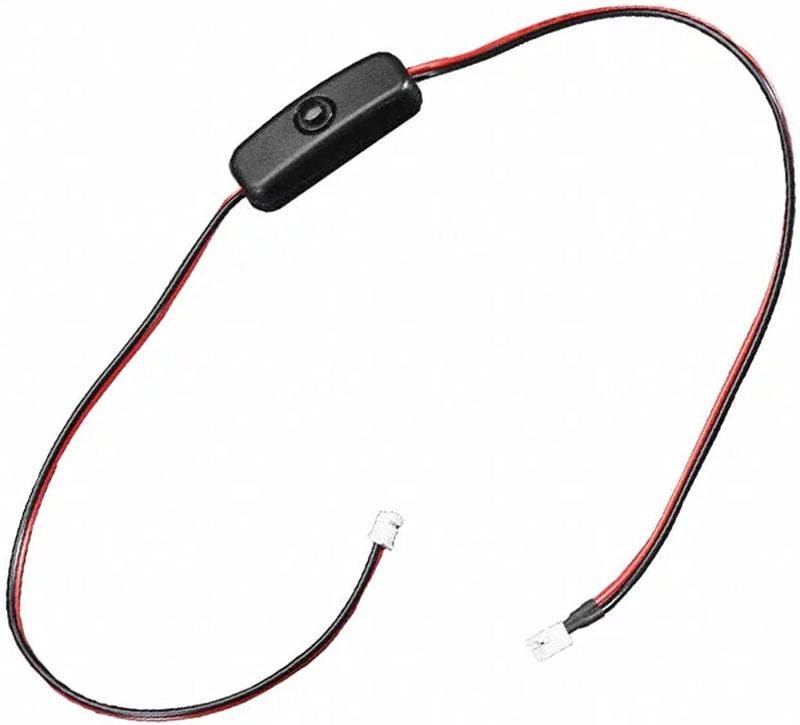
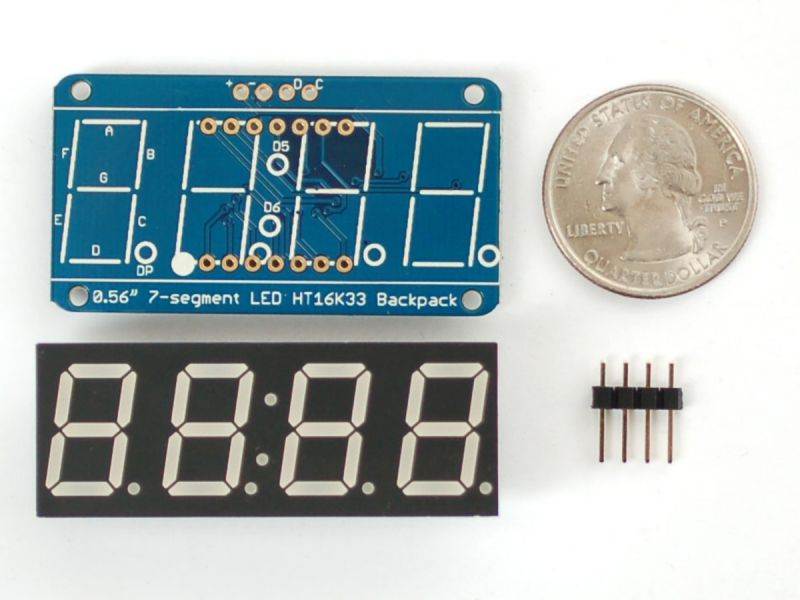
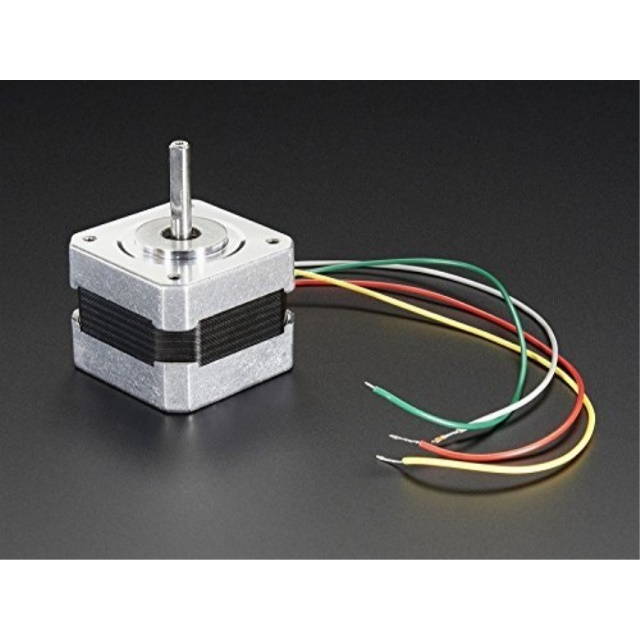
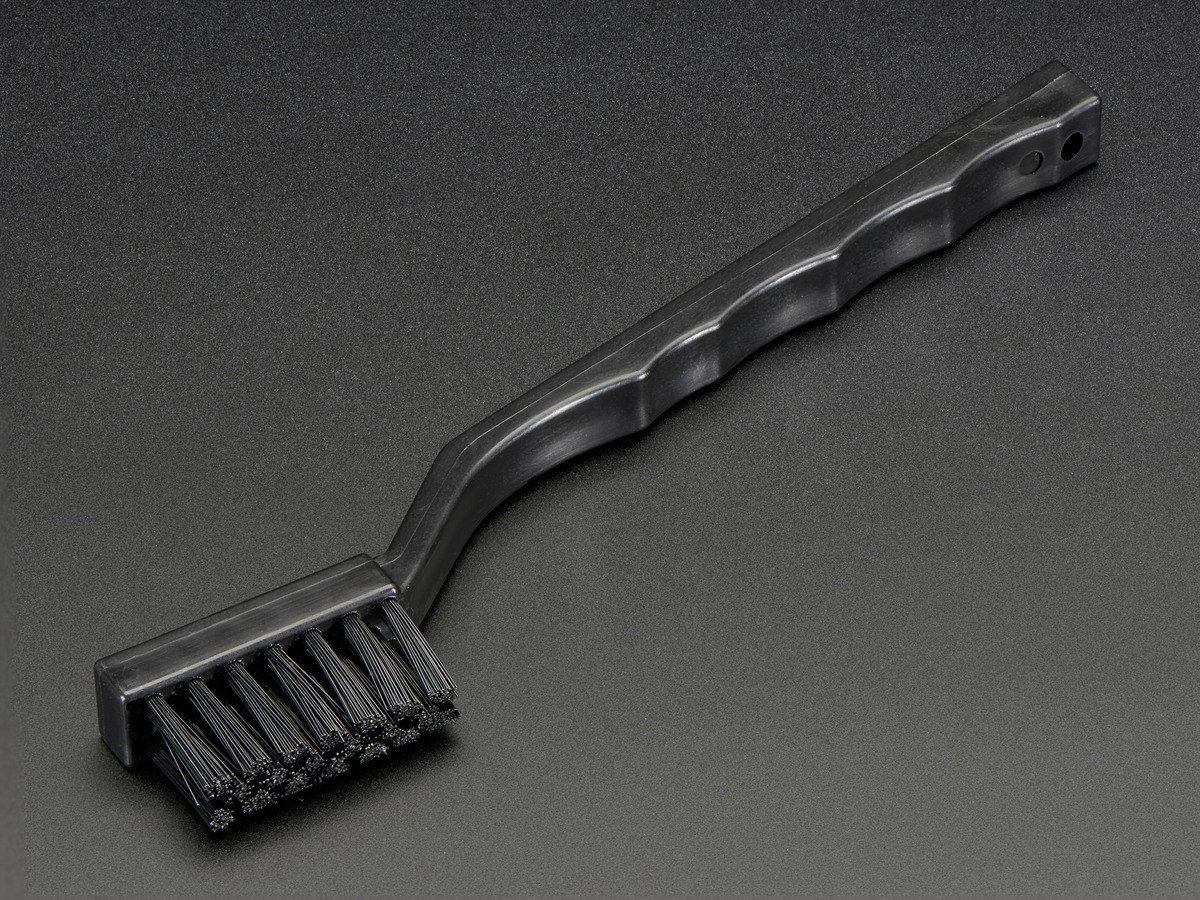
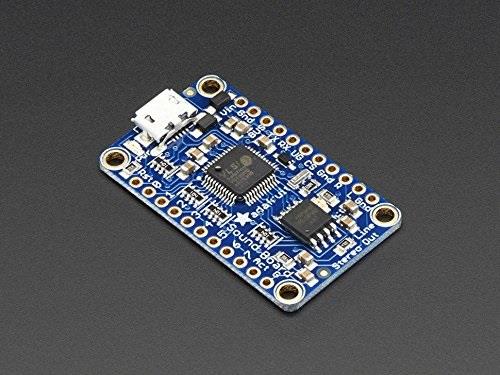
![Adafruit Mini Thermal Receipt Printer [ADA597]](https://cdn.cartnear.com/3f3389999348af30abe1e833257ca229.jpg)
